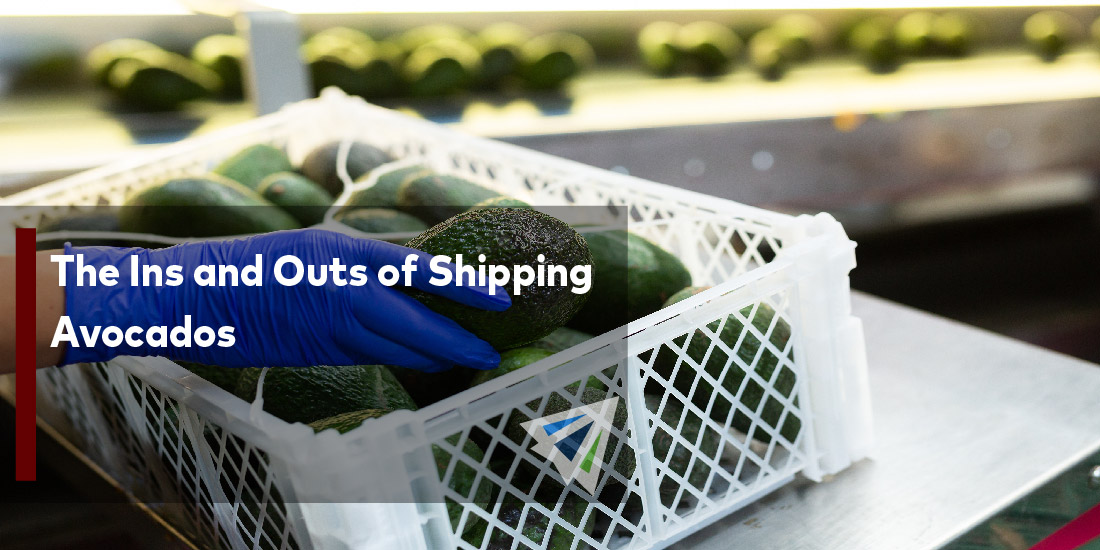There are many obstacles in the complicated business of transportation, particularly when handling perishable commodities. Food, especially fruits, like avocados, must be protected from severe temperatures, moisture, and physical damage during shipment due to their fragile nature. Using pallet or container shipping methods makes the work considerably more difficult because there is a greater chance that avocados will be crushed among other merchandise.
The following explores the nuances of shipping avocados, including potential hazards and factors to take into account. This information is courtesy of Eurolog Packing Group, a company specialized in providing solutions for protecting vulnerable products, like avocados, during transport.
Transporting Avocados: A Cautious Pursuit
Avocados are particularly difficult to ship since they can go bad in unfavorable environments. Vigilant protection is required due to moisture, severe temperatures, and the possibility of physical harm. Even though avocados are delivered all over the world every year, taking the proper precautions and giving them serious thought is necessary to ensure their safe arrival.
Shipping Risks for Avocados
Shipping avocados or any other perishable food item carries a number of risks. Considering the several points of contact that occur throughout the shipping process, contamination stands out as a major problem. Using safety precautions such as pallet covers or liners is crucial to reducing this risk. In addition to causing financial losses, contaminated food puts consumers’ health at risk.
Another risk is spoiling, which is made worse by exposure to high or low temperatures. Insulation is essential for safeguarding cargo and avoiding avocados from rotting too soon. Because of the possibility of Listeria infiltration, the FDA advises against keeping avocados in water, highlighting the significance of taking appropriate precautions.
Avocados’ brittle nature makes them vulnerable to physical harm while in transit. Secure packaging in robust containers is essential, even though specialist liners might not be required. Avocados may bruise if they are stacked incorrectly or if their movement inside the container is allowed to occur excessively.
Things to Think About When Sending Avocados
Avocado shipping calls for a careful strategy that takes into account many variables. Avocados require careful attention to temperature (40 to 55 degrees Fahrenheit is the ideal range). As a possible source of infection, moisture requires attention and calls for specific containers meant for fruits and vegetables that are refrigerated.
It’s important to choose the right packing materials, preferably ones that are safe for food and the environment. Avocados should ideally be shipped with other food-safe goods in a shipping container that complies with food safety regulations. Shipment schedule and technique, along with any contamination issues, further define the overall shipping plan.
How to Prepare a Shipment of Avocados
Care must be taken when preparing an avocado shipment to guarantee the safe delivery of this fragile cargo. The first step is to put the avocados into ventilated fruit crates with appropriate packing materials, and then refrigerate them as soon as possible after harvest. Pallet construction and fastening come next, providing stability and making it easier to apply protective coverings.
An additional layer of protection against extremely cold temperatures is offered for shipping containers by liners and blankets placed on top of the consignment.
For a closer look at products that are designed to mitigate and protect against risks when shipping avocados, check out EPGNA’s website. Should you have any further questions regarding this issue and how it could impact your shipments, please reach out to our team today.
Additionally, we have our weekly market updates that can provide you with relevant freight news, updates, developments across the industry, and more.
